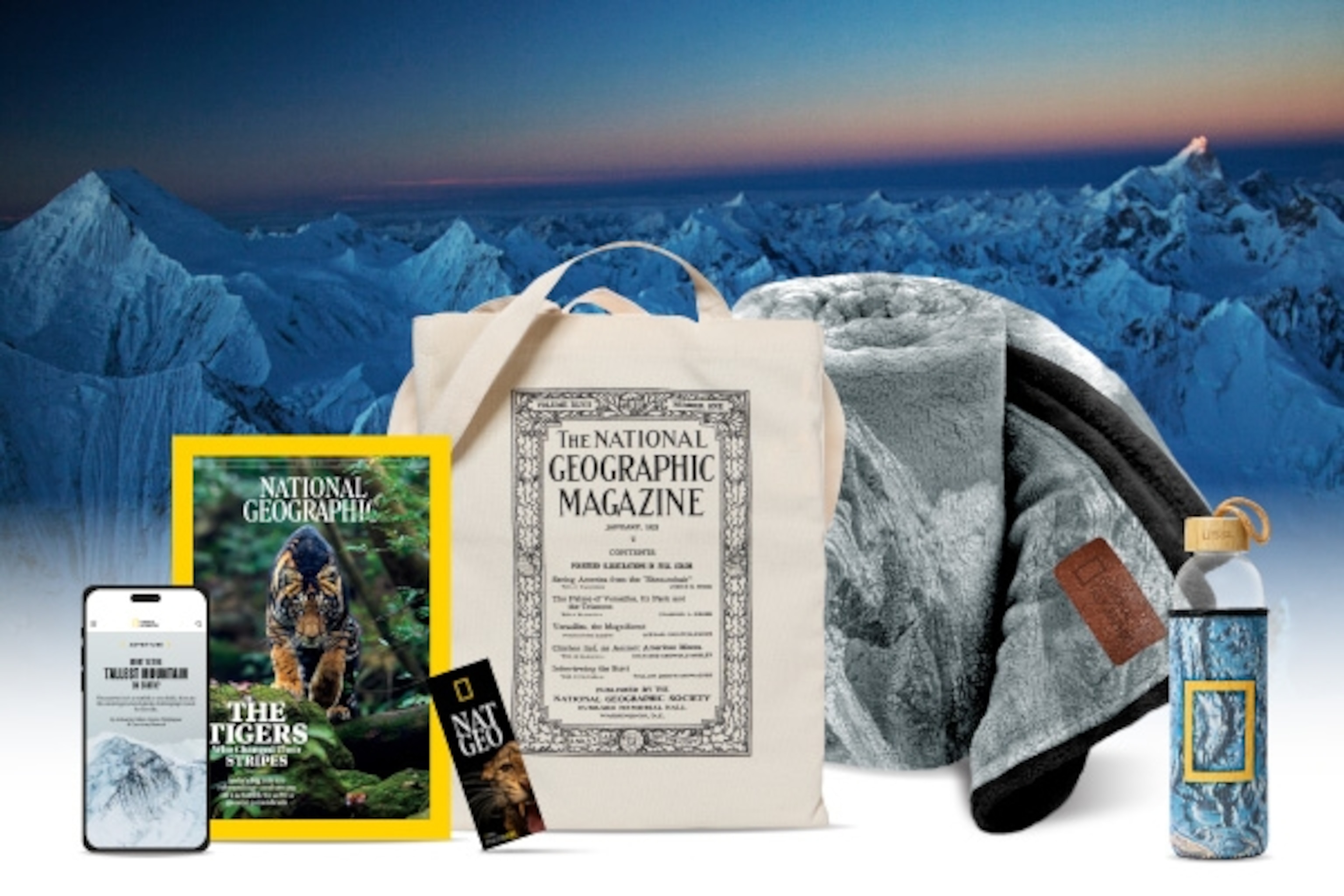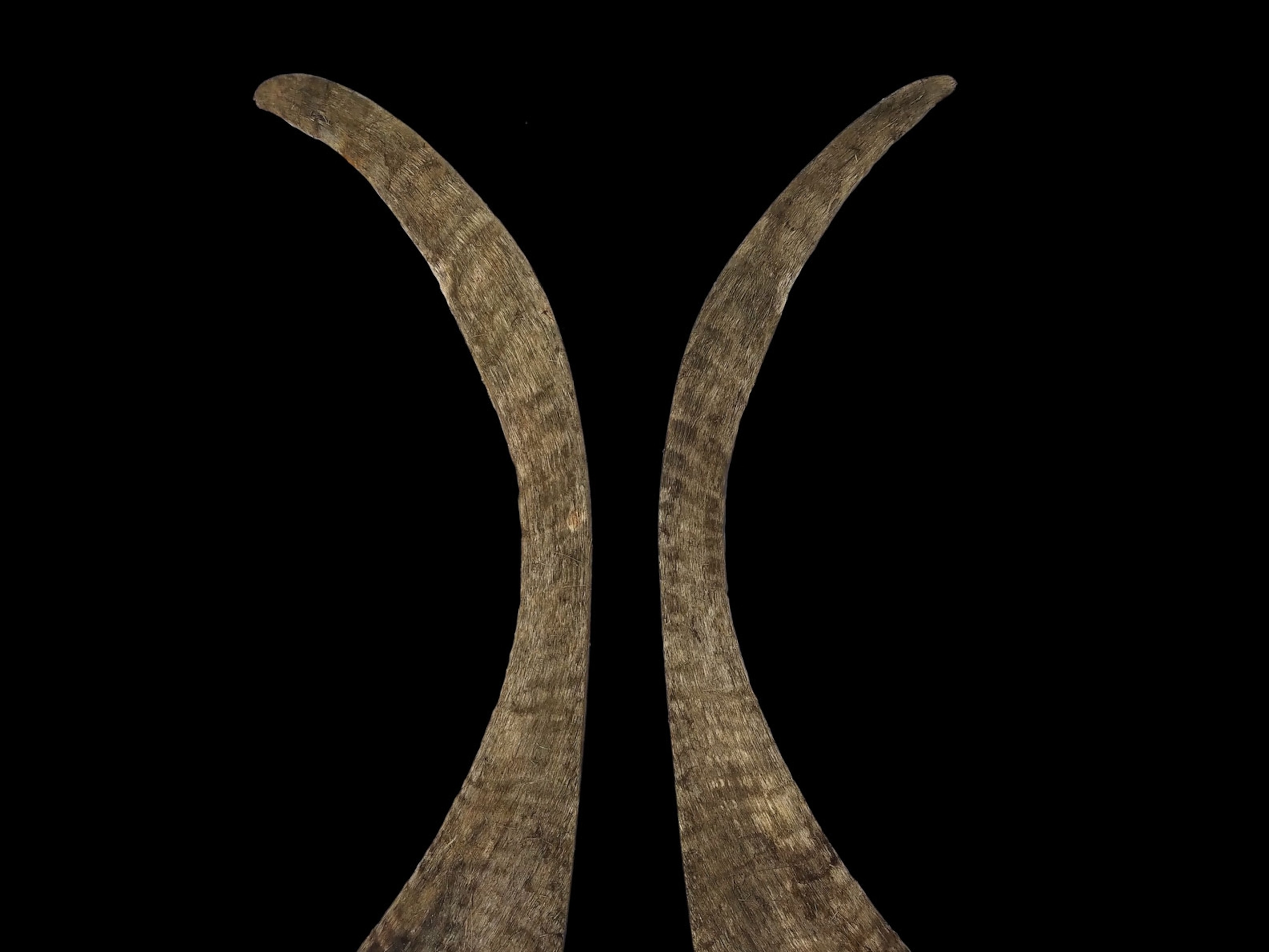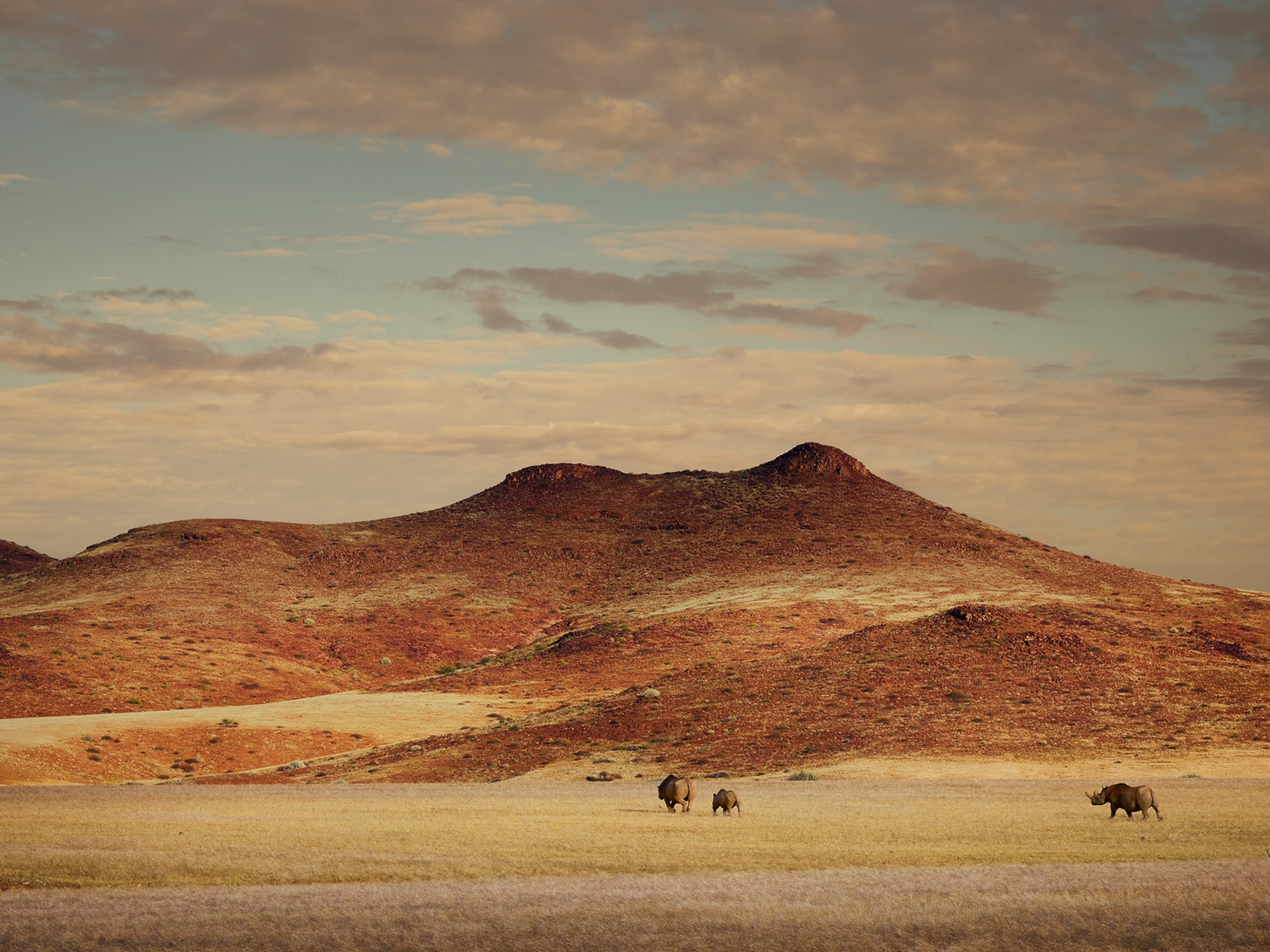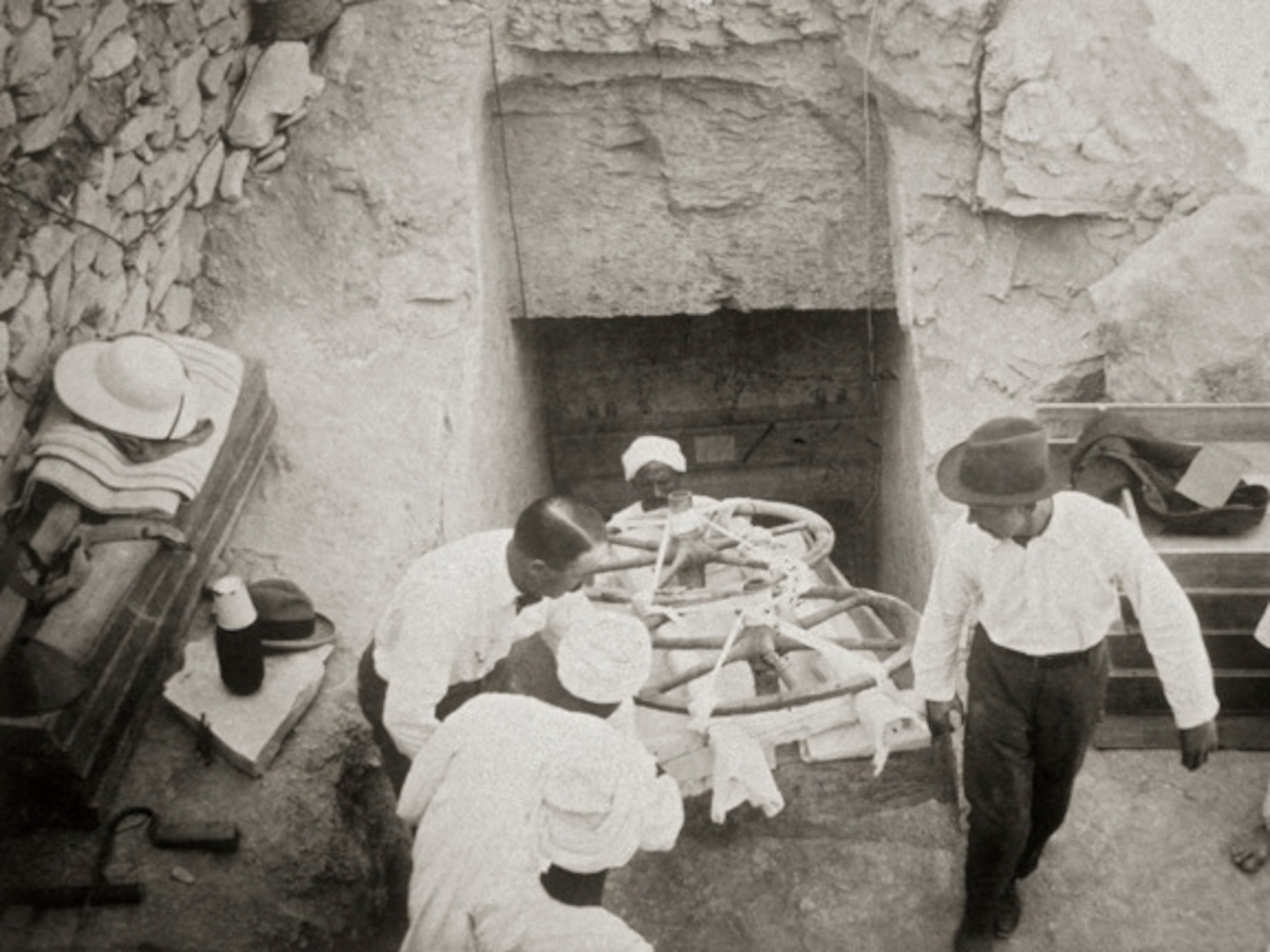
Schoolkids Write Book to Help Save Rhinos
A PTA mom/journalist tells how an Indonesian rhino became the hero of a book by elementary schoolchildren in Brooklyn, New York.
A new children's book, One Special Rhino: The Story of Andatu, written and illustrated by fifth graders at the P.S. 107 John W. Kimball Learning Center in Park Slope, Brooklyn, celebrates the 2012 birth of a Sumatran rhino—and takes up his cause.
If there's a rhino that deserves his own memoir, then surely it's Andatu, born at the Way Kambas sanctuary in Indonesia. It's almost impossible to overstate his importance. After extensive breeding efforts, he was the first Sumatran rhino to be born in captivity in Indonesia, and he offers hope for his species.
Since 2007, an exploding black market for rhino horn, mistakenly coveted by Asian cancer sufferers and virility seekers, has led to rampant poaching.
The Sumatran is the most critically endangered of the five remaining rhino species. Scientists estimate that there may be no more than a hundred left in the world, a decrease of 50 percent in 20 years.
"Andatu's not one in a million—he's one in a hundred," says Bill Konstant, program officer for the International Rhino Foundation (IRF), which is dedicated to survival of rhinos through conservation and research. "He [represents] one percent of the population. If you do the math, his importance is very high."
Our school's embrace of Andatu and the Sumatran rhino cause began in 2012, when I caught sight of a notice about the IRF's annual Cinco de Rhino fund-raising event.
I have a kindergartner enrolled in P.S. 107, and although a full-time journalist, I had a lull between deadlines, so I spent a morning and afternoon outside the school, with a primitively designed rhino collection jar.
By day's end, I had more than $500 in change. That effort attracted another parent. In short order we were running a PTA committee called Beast Relief, which had the slogan "Be part of something big."
We also had a goal: to take concrete steps to help animals near and far, while teaching P.S. 107 children about the importance of wildlife conservation.

Pitching In
The parents who joined us included a senior writer for the Wildlife Conservation Society, a former volunteer with the Mayor's Alliance for NYC's Animals, and savvy designers and marketers.
We began doing art projects that involved the whole school. The children made Javan rhino piggy banks out of recycled coffee cups and holders. We made a video, The Secret Lives of Rhinos, available on YouTube, with Andatu as the narrator (a fourth grader serves as his voice).
The IRF's Konstant came to our school for a viewing and to address the children.
"We don't get contacted by a lot of schools, so this stood out right from the start," he said, adding, "Hundreds of elementary school kids [in Brooklyn] think that saving Sumatran rhinos has to be done. That's inspirational."
Given how much the kids loved Andatu, Konstant and I agreed that a book was next.
Though every moment of the school day is taken up with teaching and testing demands, our animal-loving principal Eve Litwack and a dedicated fifth-grade teacher Dominique Freda managed to carve out the time.
We divided up all 84 fifth graders into groups of writers, illustrators, and designers. The IRF provided research materials. And we parceled out the topics: poachers, Indonesia, Andatu's extended family.

Kids'-Eye View
We encouraged the children to write from Andatu's perspective, to put themselves in his hooves. Quickly, Andatu's plight gripped their imaginations and transformed their viewpoints from skeptical to passionate.
Fifth grader Owen Bryson recalled thinking, "This is going to be terrible. I have to do every homeroom period just to write a stupid book." But as he delved into it, he came to a different conclusion: "Rhinos are just like us. They liked their mamas and wanted to play with them. To think they were going extinct, it was just sad, and we wanted to help them."
Whimsical and poignant, the book offers a kids'-eye view of the poaching crisis. With photographs and illustrations, the book also details the everyday pleasures of rhino life: eating, wallowing in mud, hanging out with mom, and eating some more. "I ate so much, in a year I went from 60 pounds at birth to over 900 pounds," Andatu says in the book.
"When there are so few of us," Andatu says, "it's hard to find friends to play with. This is sad to me. So I'm here to tell you about my life and ask for your help."
"If I could tell Andatu something, I'd tell him how many people are trying to save him," says Katy Tanzer, a fifth grader who helped write and illustrate the book.
Inspiring Advocates
The enthusiasm extended even to the neighborhood. For several years, Chris Eastland, a cofounder of Zooborns, had been passing by our Beast Relief committee's Cinco de Rhino signs and was intrigued. He ended up helping to design and format the book.
In the run-up to our now annual Cinco de Rhino spare-change drive in May, to benefit IRF, a number of schoolkids ran lemonade stands to raise extra money. This year, we cleared more than $3,000.
We hope the book will inspire other students and schools to join the fight to save rhinos and endangered wildlife. Children can be powerful wildlife advocates: They have curiosity and compassion in abundance, know an injustice when they see it, and love the animals without compromise.
"It's refreshing to read a non-political, non-bureaucratic account about a species that is really on the brink of extinction," Konstant says. "Too often we're dealing with the inertia of governments, of cultures, of populations that don't allow us to express the essence of our feelings about these animals. When kids speak, they speak from the heart and get to the point quickly."
Read other interesting stories in National Geographic's Book Talk series.








